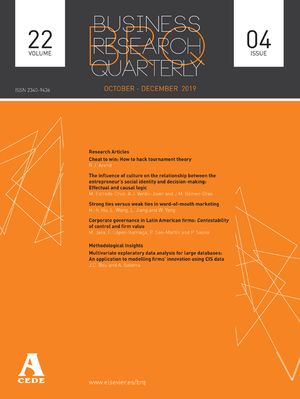Este trabajo estudia los determinantes de la inversión empresarial, incorporando un límite máximo de endeudamiento a un modelo de inversión basado en la ecuación de Euler. Las diferentes versiones del modelo desarrollado se han estimado por el Método Generalizado de los Momentos para datos de Canadá, España, Estados Unidos y Reino Unido. Los resultados obtenidos muestran que la sensibilidad de la inversión al cash flow es mayor para las empresas restringidas financieramente que para las no restringidas. Esta mayor sensibilidad es causada por la mayor repercusión que tienen las imperfecciones del mercado en las empresas restringidas financieramente. En consecuencia, se pone de manifiesto la necesidad de considerar por separado las empresas restringidas y no restringidas para identificar los determinantes de la inversión empresarial.
This paper studies the determinants of firms’ investment. Our model with a credit limit is derived from the Euler equation. The set of models obtained derived have been estimated by using the Generalized Method of Moments with data from Canada, Spain, The United States and The United Kingdom. Our results show that the sensitivity of investment to cash flow is greater for financially constrained firms than for those financially unconstrained. This greater sensitivity is caused by the higher effect of the capital market imperfections in the financially constrained firms. As a consequence, a separate study of the firm according to the financial constraints suffered is required in order to precisely identify the determinants of firms‘investment




